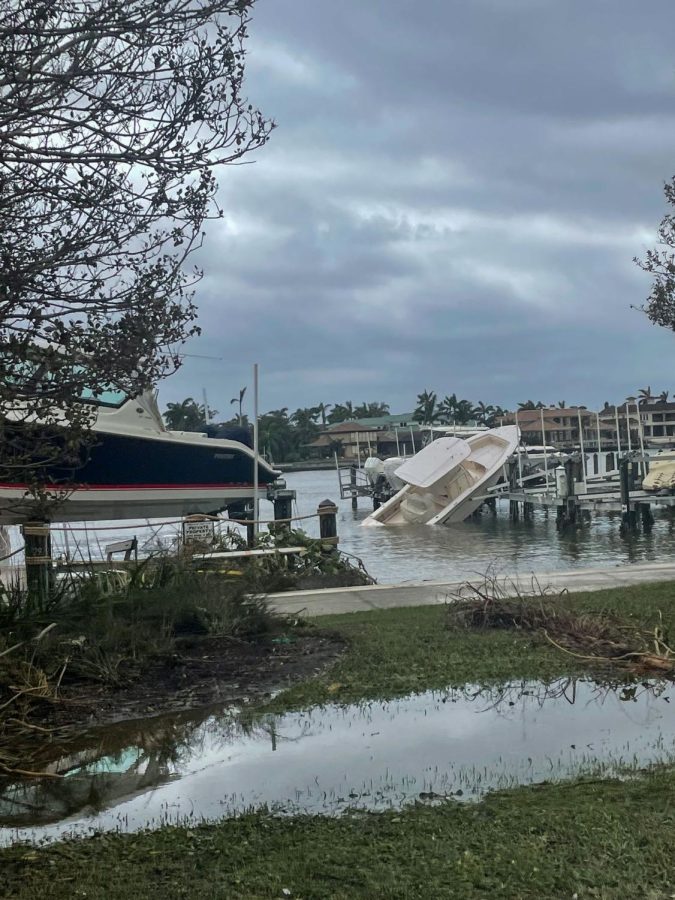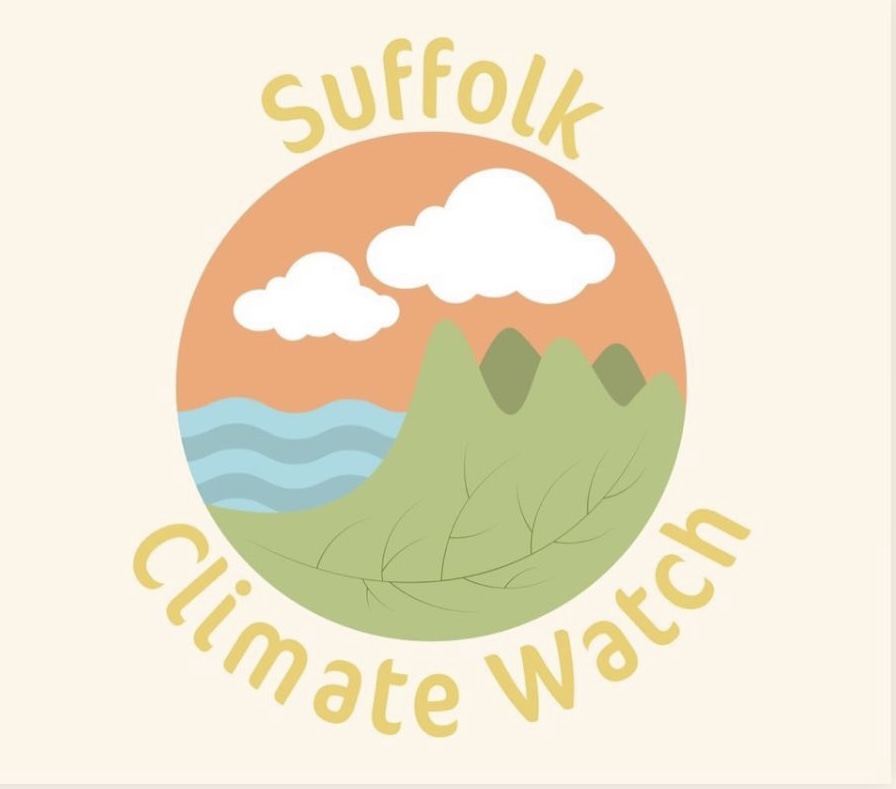Hurricane Ian tore through southwestern Florida as a category four storm before making its way up into South Carolina on Sept. 28.
According to the Boston Globe, rainfall from Hurricane Ian increased by at least 10% due to climate change. The damages from the severity of the storm amount to tens of billions of dollars. Much of this devastation can be accredited to the volume of rainfall that hit Florida, which was found to have been made worse by greenhouse gas emissions.
Hurricane Ian had a maximum wind speed of 155 mph over the Gulf of Mexico, placing it just below a category five which is 157 mph. It produced rainfall so intense the National Oceanic and Atmospheric Administration referred to it as 1-in-1,000-year rainfall.
So far, the storm has knocked out power for more than 2.6 million people in Florida. On Oct. 8, the death toll from the storm was at least 119 people, 10 days after the storm hit Florida, making it the second deadliest storm to ever hit Florida. Over the last six years hurricanes, like Katrina and Ian, have intensified quickly and there are a few factors that can account for this.
A study of climate attribution, climate changes effects on weather disasters, shows how natural disasters would compare if global warming never occurred. Rainfall, which caused much of the destruction during Ian, which differed by 10 percent. The Boston Globe summed up the conclusion: a warmer atmosphere can hold more water vapor and lead to “wetter” storms. However, studies have shown that storms are getting stronger, as well.
An analysis of satellite images over the last 40 years shows that warming has increased the chances of a hurricane to land in category three or higher. This tends to happen because as the climate warms worldwide, warmer waters give more power to the storms.
According to NASA, climate change predictions show that hurricanes will most likely cause more intense rainfall and have increased flooding with higher storm surges and rising seas. It can be hard to predict how climate change will affect hurricanes and the flooding during such storms can be made worse by sea level rise and intense rainfall. While models show that there is not much change in hurricane frequency, there is a greater proportion of very intense storms forming than seen in the past.
A climate report issued in August 2021 by the U.N. ‘s climate body found that global warming is accelerating, with human activities being the biggest causes. The report continues to say that unless action is taken to stop greenhouse gas pollution and limit future climate change, such weather related disasters will continue to become more frequent and severe.
A pattern has been seen over the years with U.S. hurricanes, as they become more intense. According to the Washington Post, there have been a number of U.S. storms in the category four or higher since 2017. Hurricanes like Harvey, Irma, Maria, Michael, Laura, Ida and Ian are categorized as rapid intensification events, when wind speeds increase by 35 mph within 24 hours.
Flooding in Asia, heat waves in the U.S., wildfires in Europe, the likely culprit, climate change. Over the summer the US west coast saw temperatures above 110 degrees Fahrenheit, heat and drought in China, wildfires in Europe that burned almost three times as much land as the average from 2006 to 2021, and flooding in South Africa that caused the deaths of at least 45 people. The rising temperatures from climate change can increase more frequent heat waves, this prolonged heat can cause more frequent droughts and wildfires, which leads to water evaporating from oceans. Ultimately, this gives you more water in the air and heavier rainfall and floods. In the end, climate change effects one weather disaster which can lead to all the rest.










